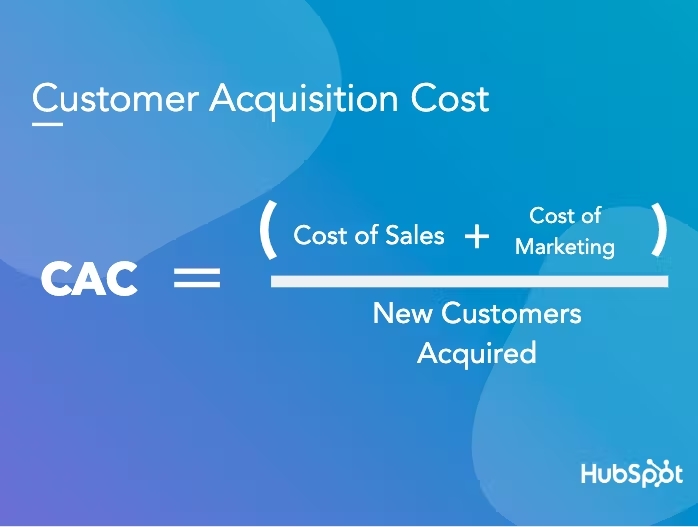CAC (Customer Acquisition Cost)
What is Customer Acquisition Cost (CAC)?
Definition:
“Customer Acquisition Cost” (CAC) in the realm of business and marketing refers to the total cost a company incurs to acquire a new customer. It includes the expenses associated with marketing, advertising, sales, and other initiatives aimed at attracting and converting potential customers into paying clients. CAC is a crucial metric for businesses to evaluate the effectiveness of their customer acquisition strategies and ensure that the cost of acquiring customers is justified by the revenue they generate.
Analogy:
Think of Customer Acquisition Cost as the investment in fishing gear. Similar to the expenses incurred in acquiring fishing gear to catch fish, CAC represents the investment made by a company to acquire customers. The goal is to ensure that the investment results in a fruitful catch, meaning customers who contribute positively to the company’s revenue.
Further Description:
CAC involves calculating the total expenses related to customer acquisition during a specific period and then dividing that by the number of customers acquired in the same period. The formula for CAC is: ( CAC = \frac{Total Acquisition Costs}{Number of New Customers} ). By tracking CAC, businesses can assess the efficiency of their marketing and sales efforts, adjust strategies as needed, and maximize the return on investment from customer acquisition activities.
Why is Customer Acquisition Cost Important?
Customer Acquisition Cost is essential for businesses to understand the financial implications of acquiring new customers. It helps in budgeting, setting realistic revenue expectations, and optimizing marketing channels based on cost-effectiveness. Monitoring CAC is crucial for maintaining a healthy balance between customer acquisition expenses and the revenue generated from acquired customers.
Examples and Usage:
Digital Marketing Campaigns: Companies may calculate CAC based on the expenses incurred in digital marketing campaigns, including paid advertising, social media promotions, and search engine optimization efforts.
Sales Team Expenses: CAC may include the costs associated with the sales team, such as salaries, commissions, and training, especially in industries where direct sales efforts play a significant role.
Promotional Offers: If businesses run promotional offers or discounts to attract new customers, the associated costs can be factored into the CAC calculation.
Technology and Tools: Investments in customer relationship management (CRM) systems, marketing automation tools, and other technologies aimed at customer acquisition contribute to CAC.
Basically, Customer Acquisition Cost represents the total expenses a company incurs to acquire a new customer. It is a key metric for evaluating the efficiency and cost-effectiveness of customer acquisition strategies.
For example, an e-commerce business might calculate CAC by considering expenses related to online advertising, social media marketing, and discounts offered to attract new customers.
Key Takeaways:
- Customer Acquisition Cost (CAC) is the total cost a company incurs to acquire a new customer.
- It includes expenses related to marketing, advertising, sales efforts, and other initiatives aimed at attracting and converting potential customers.
- CAC is calculated by dividing the total acquisition costs by the number of new customers acquired.
- Monitoring CAC helps businesses assess the efficiency of their customer acquisition strategies and optimize marketing channels.





